Video Menu
My Favorite Videos
My Favorite Videos
How to Get a Flat Lead Wrist Like the GOATS
Sorry, you need to be a member to access this video.
You Are Just Seconds Away - Become a member here!
Already a member? Log in now
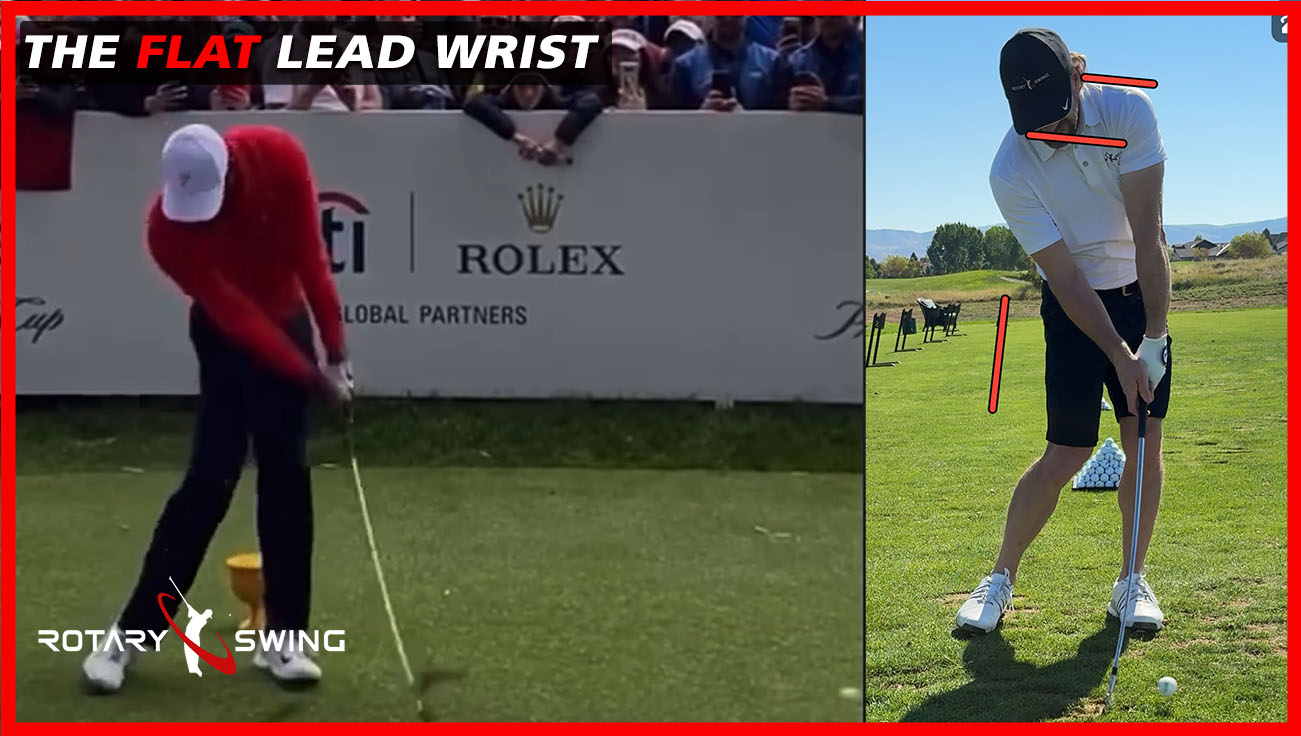
The golf swing is almost never what it seems. What you see is NOT what you get. And in the case of a flat lead wrist, that is especially true.
Let's talk about compression.
Compression is something that you can start practicing right now today and see a huge difference in how you feel.
That you're striking the ball, the sound that it makes the ball flight and all of those things.
And it all comes down to when the magic happens at impact, is your lead wrist flat at impact?
Now the trick to this is not trying to bow your wrist.
This is where I see so many golfers get themselves in a lot of trouble that they try and manufacture this position.
When really, this is all happening as a result of how my body is moving and how my arm is moving in the opposite direction that my body's rotating, which I realize that sounds really crazy, but I'm going to explain that in the second half of this video.
But before that, I want to walk back just for a moment and start talking about what's really happening so that as you start learning how to compress the ball properly, you'll start knowing what to look for in your swing.
So I'm going to draw a quick line roughly on the top of my shoulder there, give or take a little bit.
And now as I go to the impact position, you'll see that I draw this line again, and there's a massive difference between where my shoulder just was and where it is at impact.
This shoulder going up while the trail shoulder is going down, I'm entering side bend, this is creating parametric acceleration, which I'll talk about in the second half of the video.
But if your shoulder is going down to then go up, This helps you slow the forward momentum of the hands, which helps you snap the release, which is key for creating that whip effect that I've talked about now.
The other key here, as I just mentioned, is that your hand, your arm.
In order to get that elbow down the target line, like you see here, I've talked about this a lot on the site.
The GOAT Delivery Position GDP.
You can see that demonstrated here.
My right elbow pit pointing out, my right palm pointing out the left, the logo on my glove pointing straight out, and my lead elbow pointing straight down the target line.
My lead shoulder protracted, the trail shoulder retracted.
This movement can't happen if you don't shift back laterally during the downswing.
So let me show you what I mean by that.
If I put a line on the outside of my hip here, you're going to see that I pretty much stay on that line and then I start to drive off of it.
And now that makes room for my elbow to drop.
Like if you can't get into GDP like this, Your hip is most likely in the way and that you're going to turn your shoulders and so on, you're not going to have any power.
So you're going to get rid of all these angles.
We want to get rid of them right at the last second as we snap the release.
And that's what's going to be key, that you start creating this parametric acceleration, where the lead shoulder goes up, that's going to pull the handle up.
But it's also going to slow down the forward momentum of the club, which is going to allow you to snap the release.
Now, in the second half of this video, I'm going to start walking you through a drill.
To start to feel how your lead arm has got to move in the exact opposite direction, that your hips and upper torso are rotating.
Let's take a look.
A flat lead wrist at impact is one of the most important fundamentals in the game of golf.
And it's the one that most all golfers struggle with the most.
And the reason is because you're pushing through with your right arm or shoulder, and that's causing your wrist to take over and the lead wrist breaks down.
And so you end up with this flippy and scoopy impact position with no compression on the ball.
The trick to understanding what's really happening to create this flat lead wrist or even slightly bowed is not you trying to bow your wrist.
That's going to cause you to start pulling incorrectly.
You're going to come across the ball.
This has to happen as a result of other things happening correctly in the swing.
And so this is going to be a way for you to start to understand what this should feel like, how to drill it, and how to take it to the course.
I'll show you a drill at the end that's going to help you start to understand if you're doing this correctly or not.
So the first thing is understanding that in order for you to get into GDP and have your lead.
Elbow down the target line while your body is rotating to the left, you know your hips are clearing going this way.
So if you look at it from this perspective, we know my lead hip is going to go back and it's going to get open.
So my rib cage and everything is going to go along with my pelvis.
If I let my arm do that, what's my arm going to look like at impact?
Well, It's going to roll over and instead of having this elbow down the target line, like you see in elite ball strikers like Tiger.
You're going to see it start to flip over.
And this leads to a flip where it's very hard to time that consistently, and, of course, you get no compression on the ball.
So, and what you have to understand is that as your arms are falling, as you start the downswing, this lead arm is starting to internally rotate or pronate.
Now, you'll understand, I've talked a lot about supination of the trail hand, well pronation is what the lead arm is doing.
It's doing the exact opposite of what the trail hand is doing.
So if I go to the top and I start to let this trail hand and forearm pronate a little bit, or excuse me, supinate a little bit, or externally rotate, my lead arm is going to internally rotate.
Now what this does is it starts to create torque and stretch across my fascial slings.
These are these big groupings of fascia that allow us to rotate and create all sorts of very explosive, fast movement in the swing without you trying to muscle it.
And the golf swing should not be something that you're muscling.
It should be something that explodes effortlessly.
That's the trick.
And so to do that, you have to stretch the fascia in amongst your entire body.
In the downswing, if I was to hold my hand here and rotate away from my arm, my arm would start to internally rotate to allow for this to happen.
So what that's going to do, And if you do this at home, you're going to feel like grabs, like, put a club back here behind you.
Hold it steady and now rotate your body away from it, and you'll feel a big stretch on your lap.
Muscles these big muscles on your back.
And that will allow you to let your elbow start to point out away from you, rather than your arm coming with you.
Because what you want is for this lead side of your body to stretch.
You've talked about going into side bend on the trail side, well, the lead side is going into extension, lateral extension.
So as I go this way, now I'm stretching this so that as I get down into impact, my wrist is going to bow essentially automatically.
But if I let my arm do this, I'm going to release all this energy too soon and there's not going to be any power in it.
So a great way to imagine this again, lock something here.
You can even like grab a door handle that's back behind you and use your body to pull away from that door.
But your hand is just holding onto that doorknob.
You're not trying to do anything active with your arm other than let it fall.
To start the downswing and internally rotate so that you get your elbow pointing down the line as you come down.
And you'll see as I do this, my rotation of my pelvis is what brings the club face back to square.
So now I don't have to try and do something with my arms or hands.
If you're doing something active like that with your arms or hands, You're wrecking the entire golf swing and you're never going to feel that whip effect and that compression.
That's effortless on the ball because you're starting to try and muscle it and push.
It's letting all of this energy load by stretching these muscles.
And this is a key thing for you to start to think about how you want to swing the golf club.
It's not stretch these muscles to then contract them and push and do all these things like you would in the gym.
Like if you're doing a bench press, You stretch these muscles and then you contract them, the golf swing is the opposite, you're actually stretching these muscles.
So in this case, I'm stretching my lat and other back muscles to let them rebound back to neutral, not contracting them, I'm letting them snap back to where they started and that's the difference.
And that's what makes a golf swing effortless.
Is not trying to load a muscle to then contract it and push against the club.
It's stretching that muscle to letting it snap back to its natural state and let it relax into that.
And that's why elite ball strikers look like they're not doing anything because they're not trying to contract a bunch of muscles.
They're letting these muscles stretch and rebound.
And so as you start to get this feeling of this hand staying back, your arm simply, as you're coming down, your arms just fall.
My lead elbow is going to start to point out away from me.
The club's starting to fall back behind me.
While I'm shifting left and rotating my body open to open up this rib cage, get my arm away from it, I'm almost like I'm trying to rotate my rib cage underneath my arm.
I don't want my arm coming with me.
You can see, it's going to lead to just a really weak, slappy flip.
I want my rib cage to move, let my body fall into side bend, let the club fall down.
And I like to feel like I'm setting it on a coffee table right here.
That's GDP, right?
I'm not trying to move my arms to move the club into GDP.
my body is moving my arms into GDP, I lay the club down on the table and I just wait for it to snap as I move into the final release phase.
Now, if you're doing this correctly, Your lead shoulder is going to go from a low position to an elevated position because that's going to help you slow down the forward momentum of your hands.
If your hands are moving forward really fast, they'll never snap the club.
Elite ball strikers, if you look like a really, really high level long drive guy.
His hand speed might peak at 21 miles an hour.
That's pretty fast for a hand speed, but at impact, it's only moving about seven miles per hour if he's really efficient.
So his speed is going down by two thirds in this last little phase of the swing.
And you can't be pushing your hands forward with your trail side of your body in order for that to happen.
Because you're just going to drag the handle through and the club's never going to snap.
The way you get it to snap is partially through parametric acceleration, where instead of the hands continuing to go this way.
My lead shoulder is going to be driven up, my lead leg, you know, is going to snap straight.
That's going to help drive my shoulder up as my lead side goes into extension, and this side goes into trail side bend.
That's going to help drive my shoulder up, and that's going to pull my hand.
You're going to see an arc, the butt of the club is going to go like this.
And so the simple way to think about parametric acceleration.
If I just drop the club like this.
It's only going to go so fast just due to gravity, but if I pull the handle up, it accelerates.
Because now that pivot point is moving up and that's what you want to feel.
In the swing is that you're going this way and that's what's going to allow you to start to shallow out.
It's a lot like an airplane landing if you've ever been, especially in a propeller aircraft, propeller aircraft.
You fly it down to the numbers and then right at the last second, you flare and level out, and that's how the golf swing works.
You're going down down, down down, and then right at the last second as everything moves up and your shoulder goes up, everything levels back out.
And that's what allows the club to come through with a lot of shaft lean without you hitting down on it so so steeply.
Elite ball strikers are only four or five degrees down with the average iron shot, but they still hit the ball plenty high.
And.
But they launch it pretty low because they have very a lot of shaft lean, about seven eight degrees of shaft lean when you have seven or eight degrees, maybe ten or even twelve, depending on the shot and the golfer of shaft lean.
And a really steep angle of attack.
Like a lot of golfers do when they're trying to get their hands in front of the ball, which just causes the actual opposite to happen.
As they do this now, the ball is not gonna fly properly at all.
She's gonna be like this low dud missile that's not gonna go anywhere.
You want that ball to launch very low because you're coming in very shallow with a lot of shaft lean and this is how you get that shaft lean.
So the way that you practice this, start getting this feeling, Is start with really, really short shots.
And what I want you to do is.
You can either put a ball on a tee or just a little tuft of grass.
And your goal is to hit the same shot over and over and over again, without ever disturbing that tee or removing that chunk of grass.
Because your divot should always start in front of the ball, so you should be able to hit from the same spot over and over again.
While you're doing this drill, and I'll show you on the screen here, I just did a few shots just showing you what I'm talking about here.
With a six iron hitting little half shots.
And I'm just trying to hit the same shot over and over and over again, without ever disturbing the grass that's directly under the ball.
So, in other words, I can put the ball back in the exact same place I just had it and hit shots over and over again.
The only way I can do that is I can't be pushing the club down into the ground.
I've got to be going up and letting my body fall into side bend, open up into extension, let my pelvis clear, and let that bring my arms down for me while this lead arm is rotating away from my body.
So the feeling I'm exaggerating this, of course, but it's like this, not this.
I need my lead arm to go this way so that it can stretch my lat muscles, my back muscles, and allow them to snap at the bottom.
And that's the feeling.
So as you start practicing this, you start getting both sides of your body to work together.
You can use your hand to throw as hard as you want, but if you're doing that by pushing, you're not getting a good throw either because you don't throw like this.
You throw by getting everything to snap.
And that's how you use the fascia in the body to allow everything to snap.
So go out to the course, put a ball on a tee or a little tuft of grass, And just go lean arm only at first and start getting this feeling where you're trying to keep the lead.
Elbow pointing down the target line as long as you can.
And this will help you start to feel when you start pushing down on it.
Or whether you're using this if you're really active with your right shoulder, like a lot of golfers are, because they're very right to right side, dominant with the wrong part of their body, the right arm, right shoulder.
This doesn't do anything in the swing, it's just got to fall.
But as you're starting to let yourself rotate open away from your arm, you should be able to hold the club and your elbow square down the target line.
The more you feel like this, you start adding your trail arm on there, you're going to start feel your hand, your shoulder, your forearms stacked on top of each other as you come through.
If you're used to flipping really bad and finishing like this, this is going to feel very foreign, but your forearms should feel like that.
Your trail form is almost underneath your lead forearm as you come through, and that will help you get that nice, shallow angle of attack, a ton of shaft, lean, and killer compression on the ball.

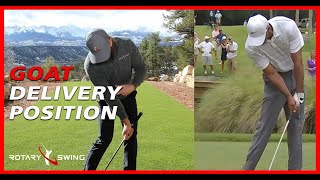
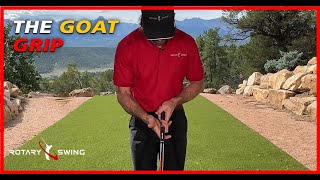
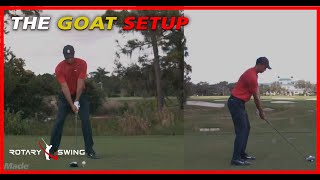
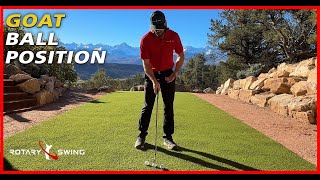
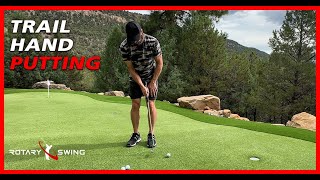

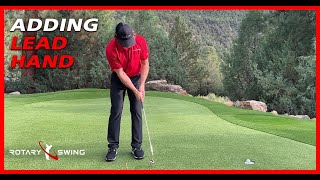
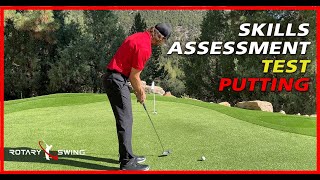
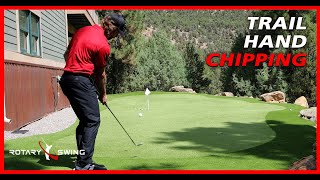
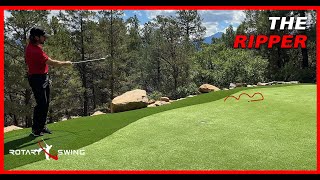
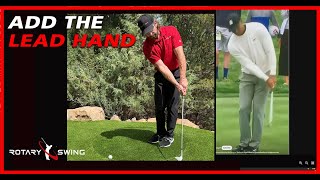
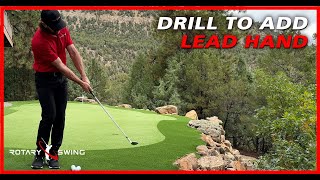
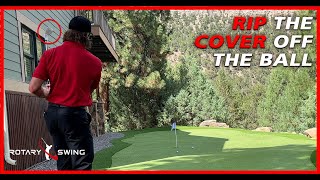
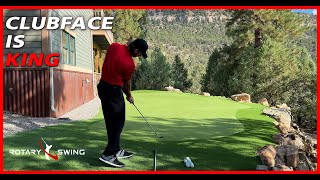

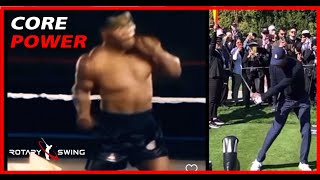
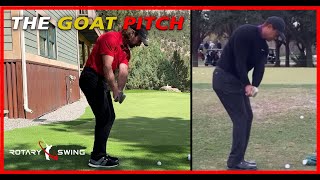
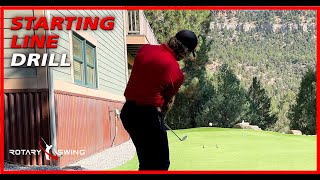
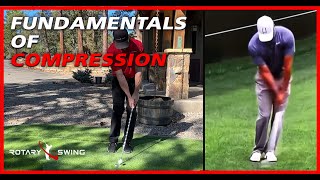
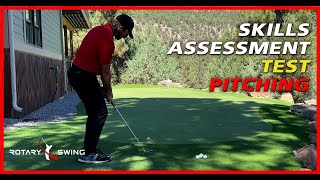
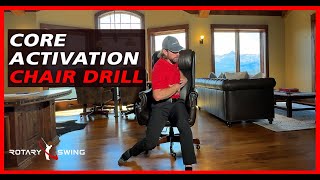
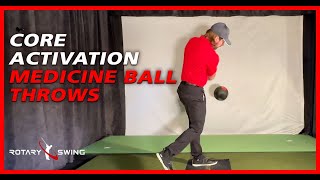
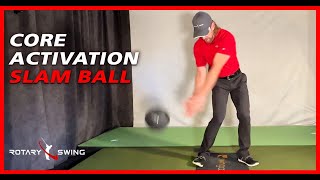
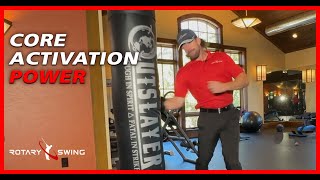
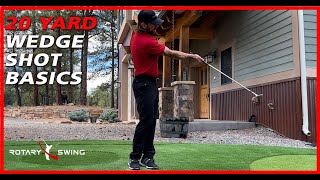
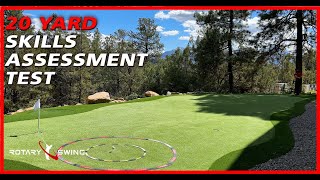
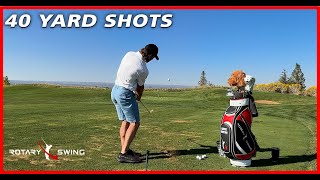
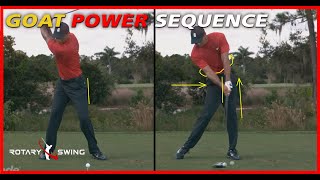
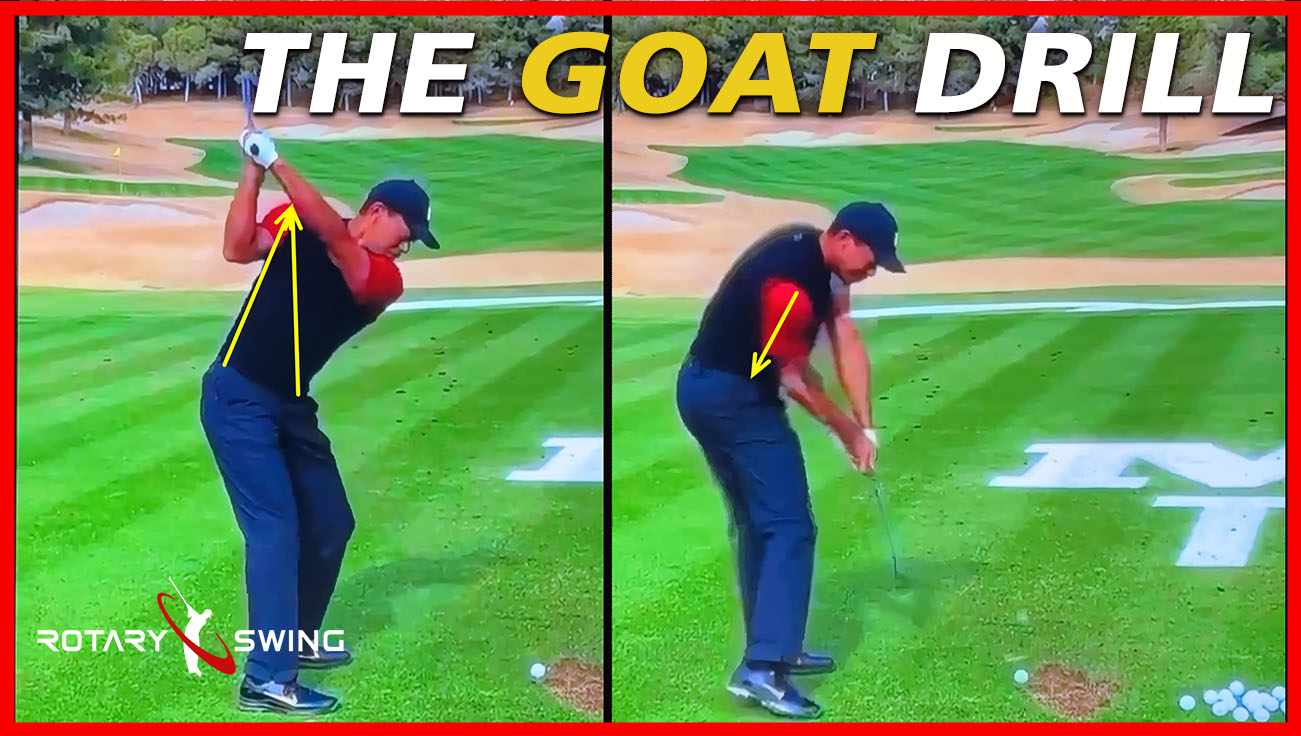
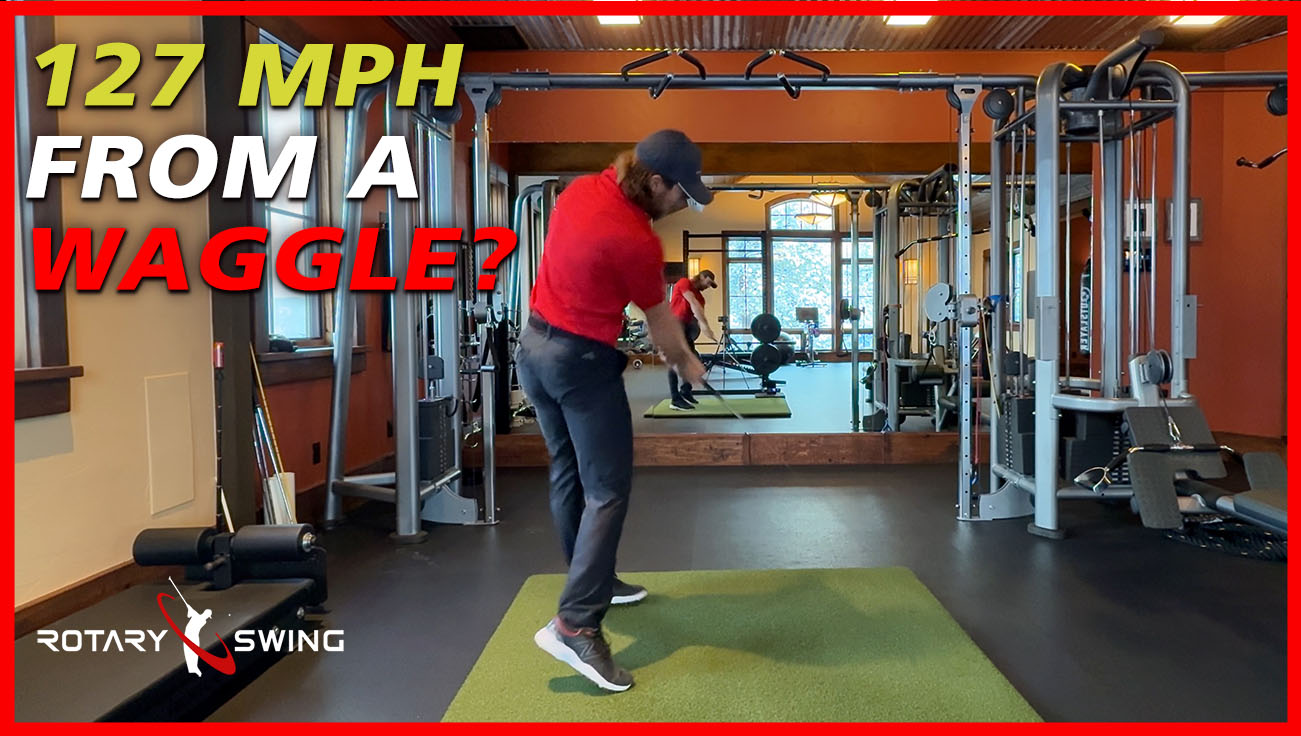
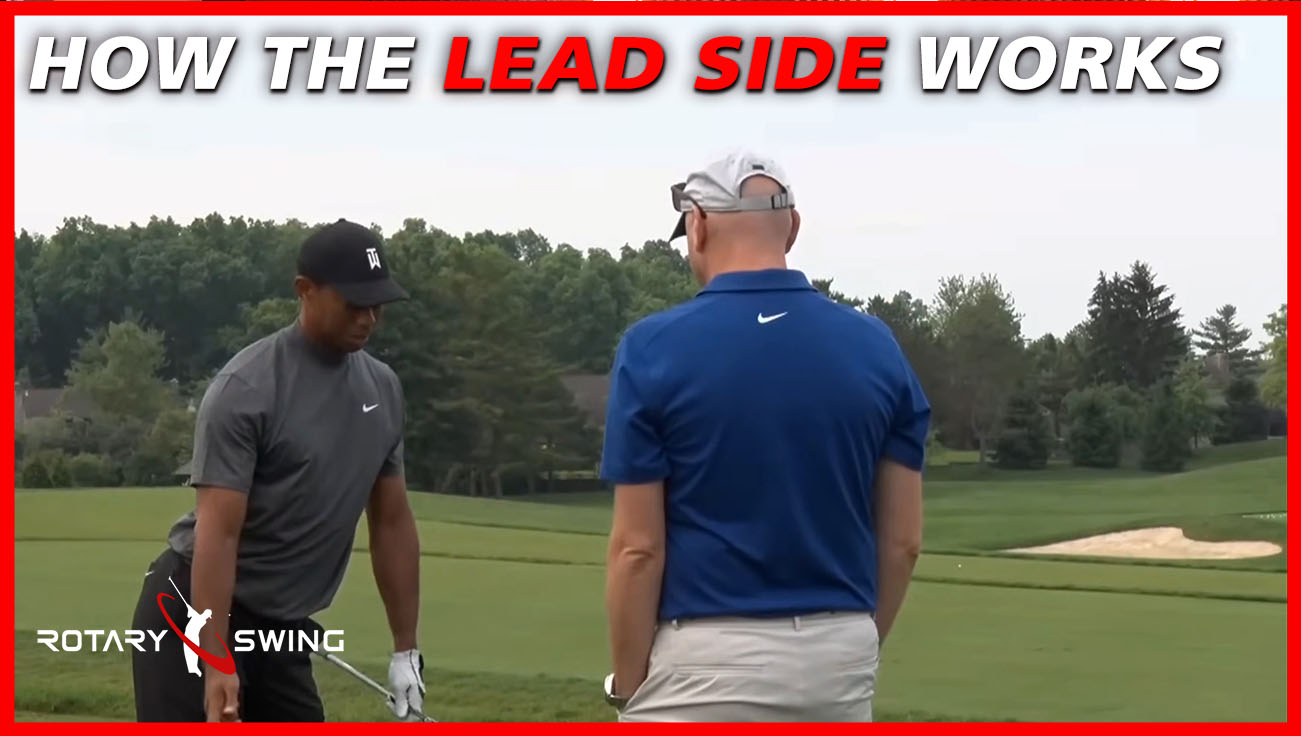
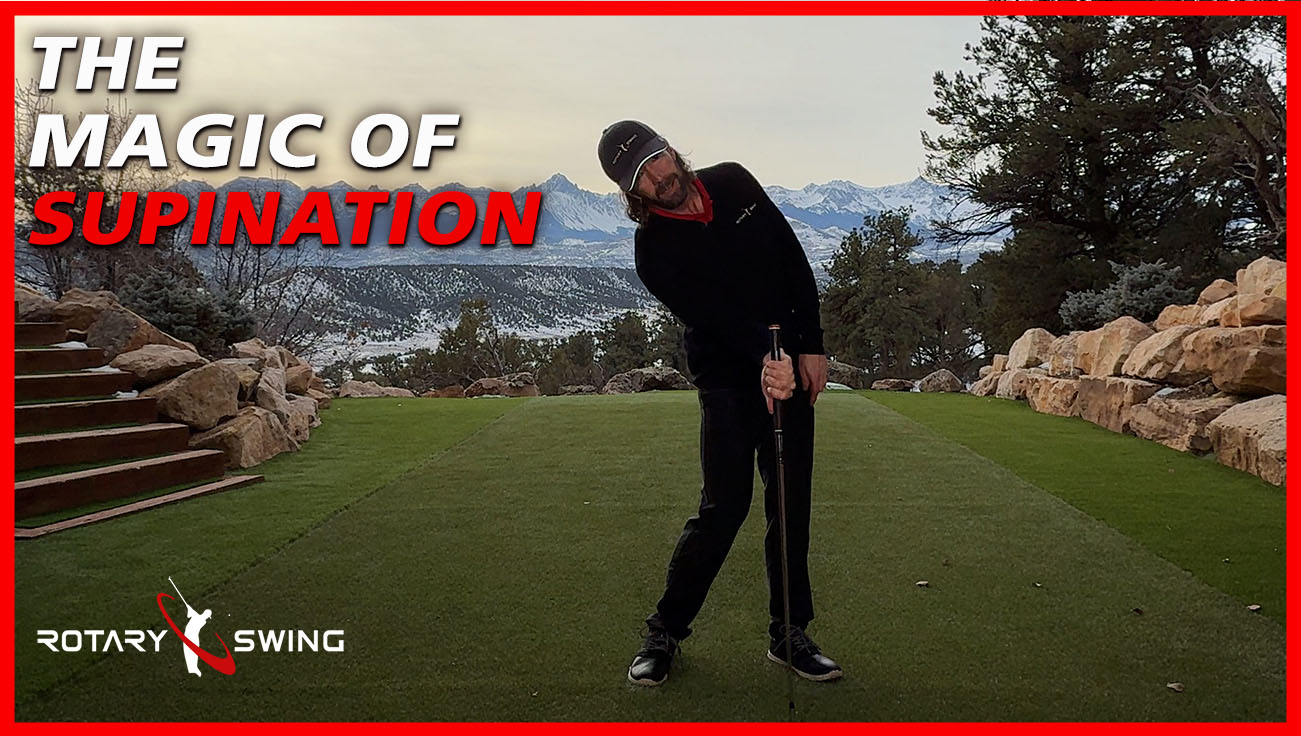
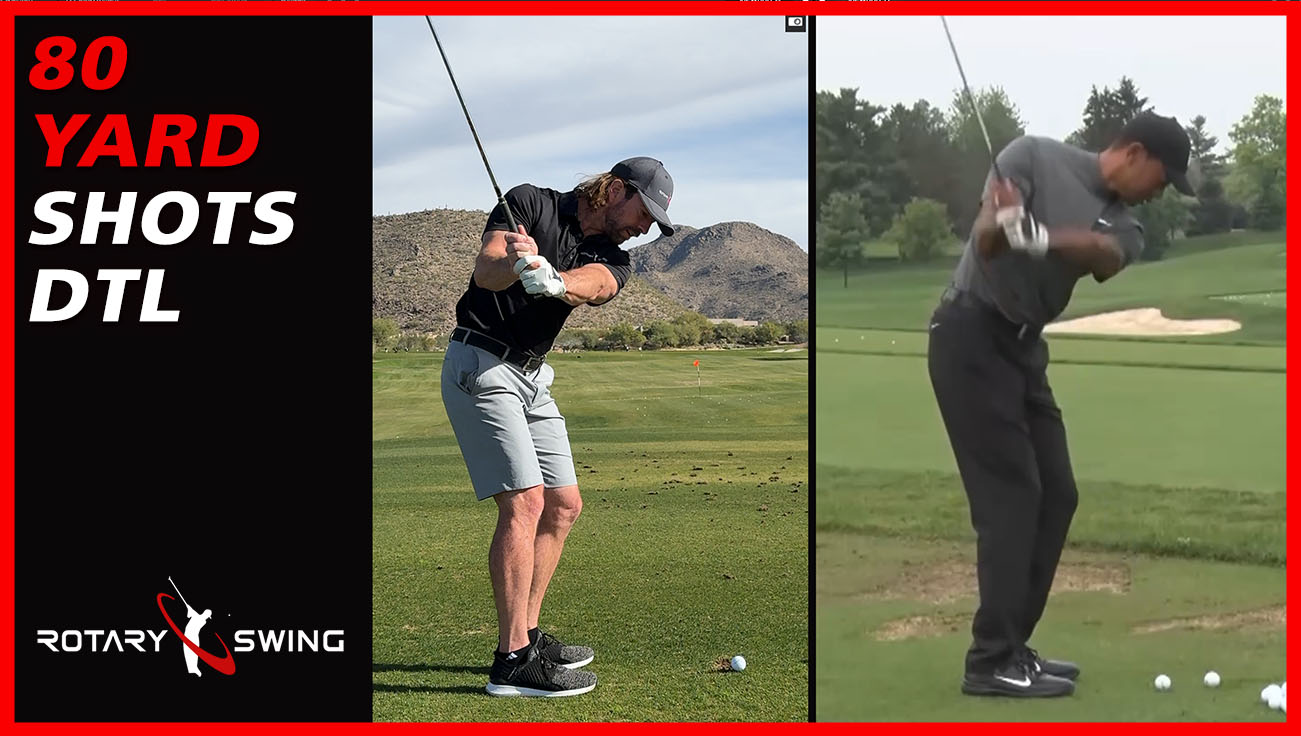
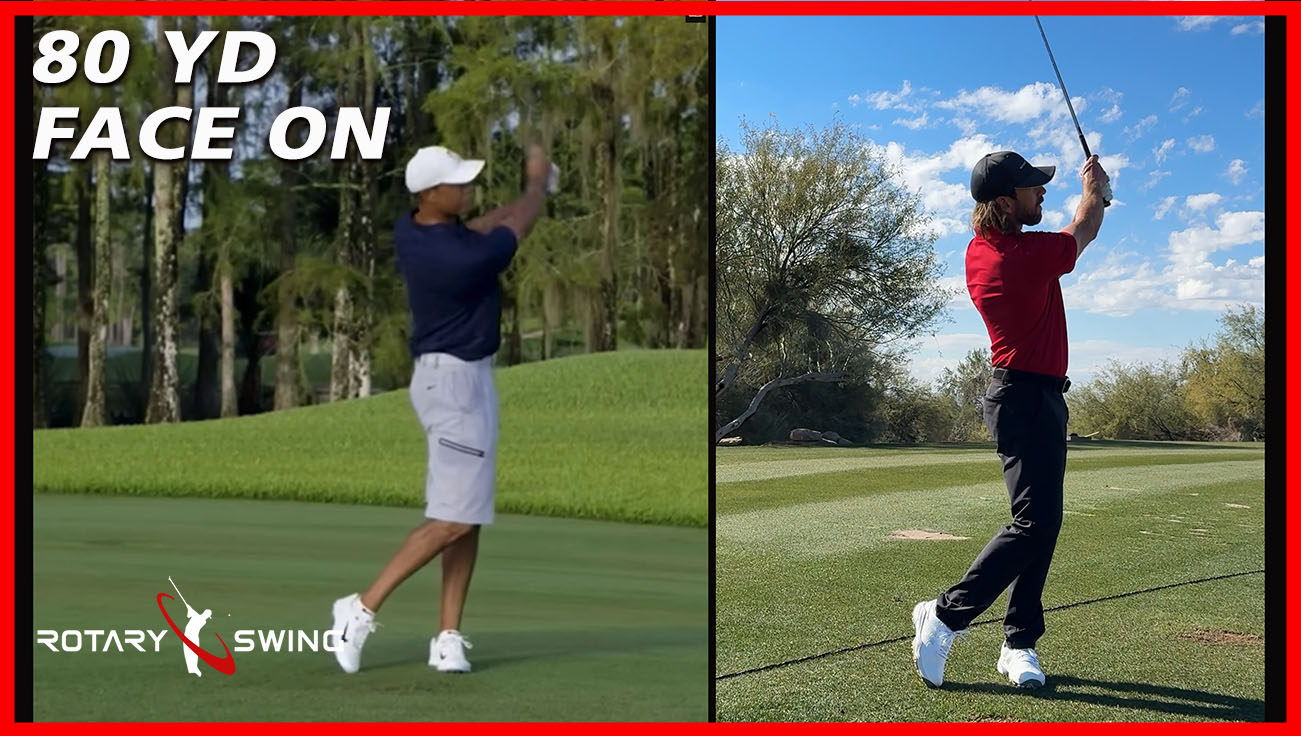
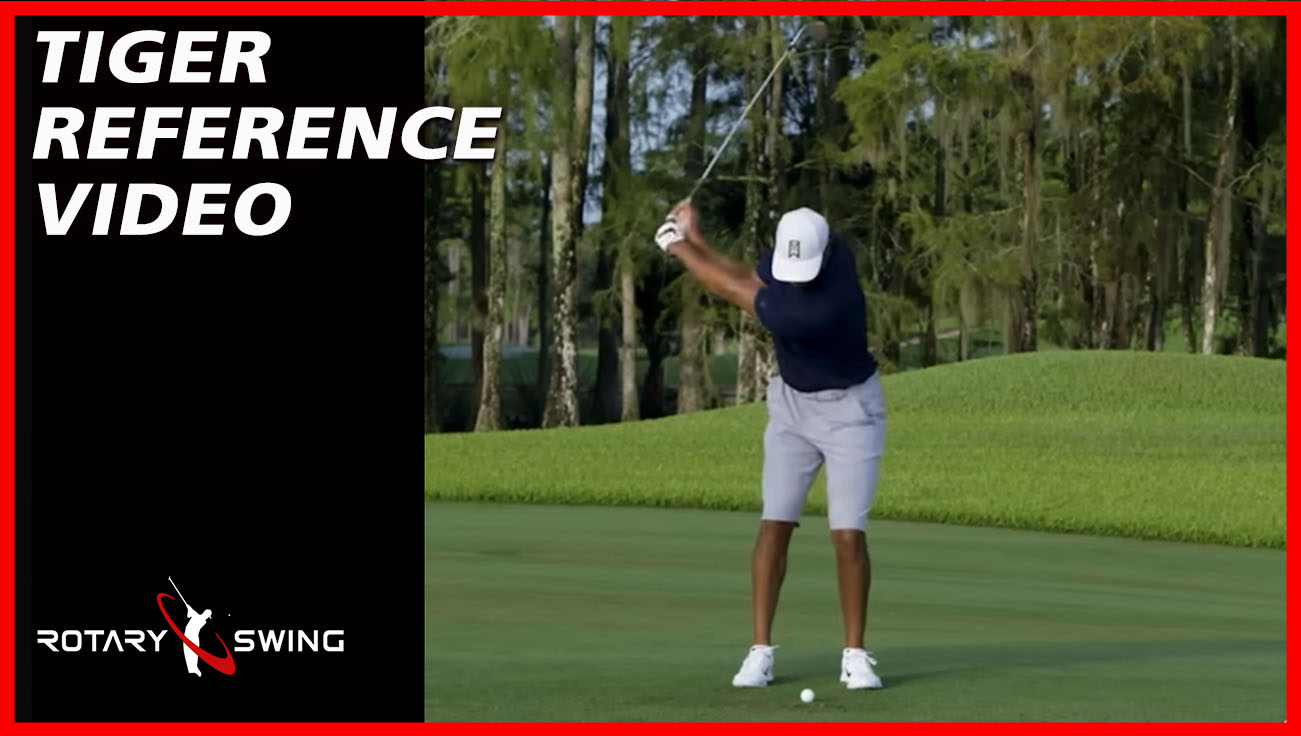

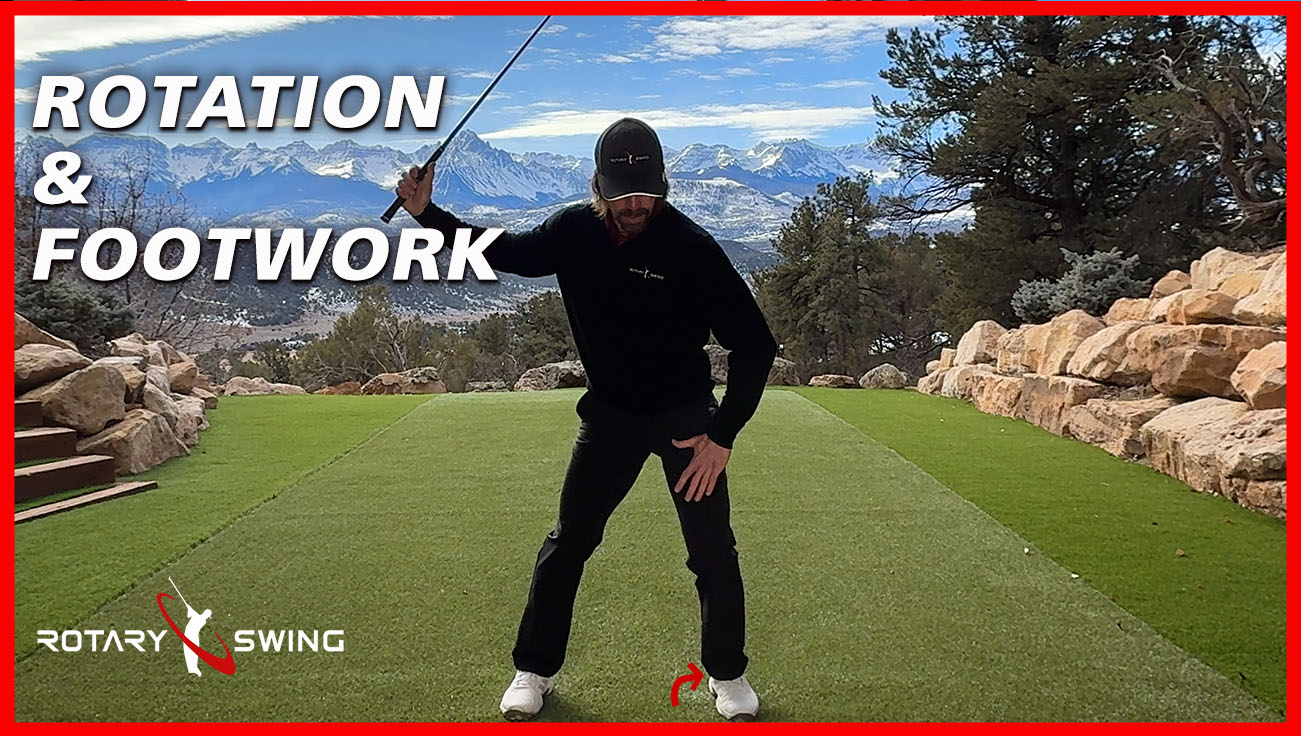
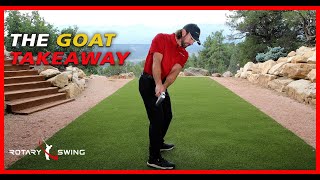

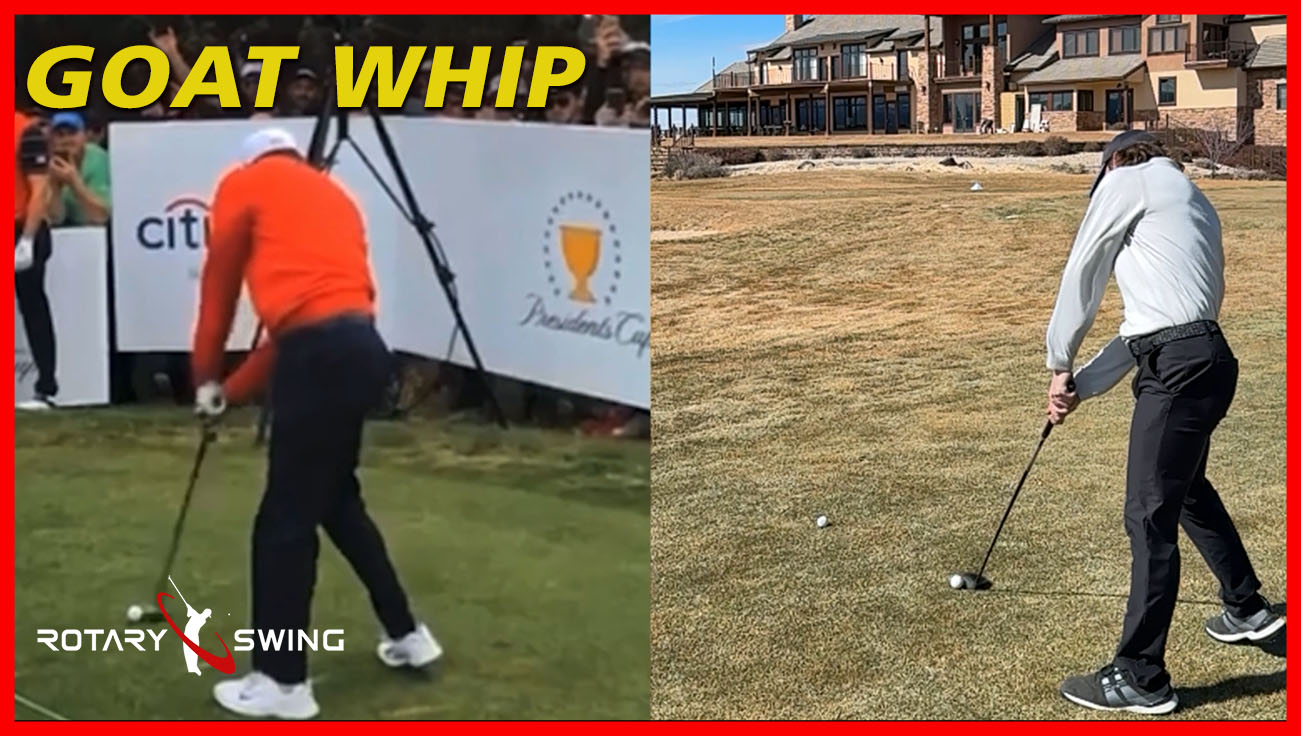
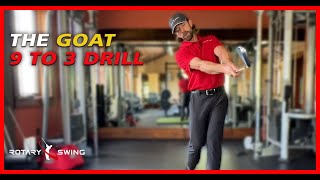
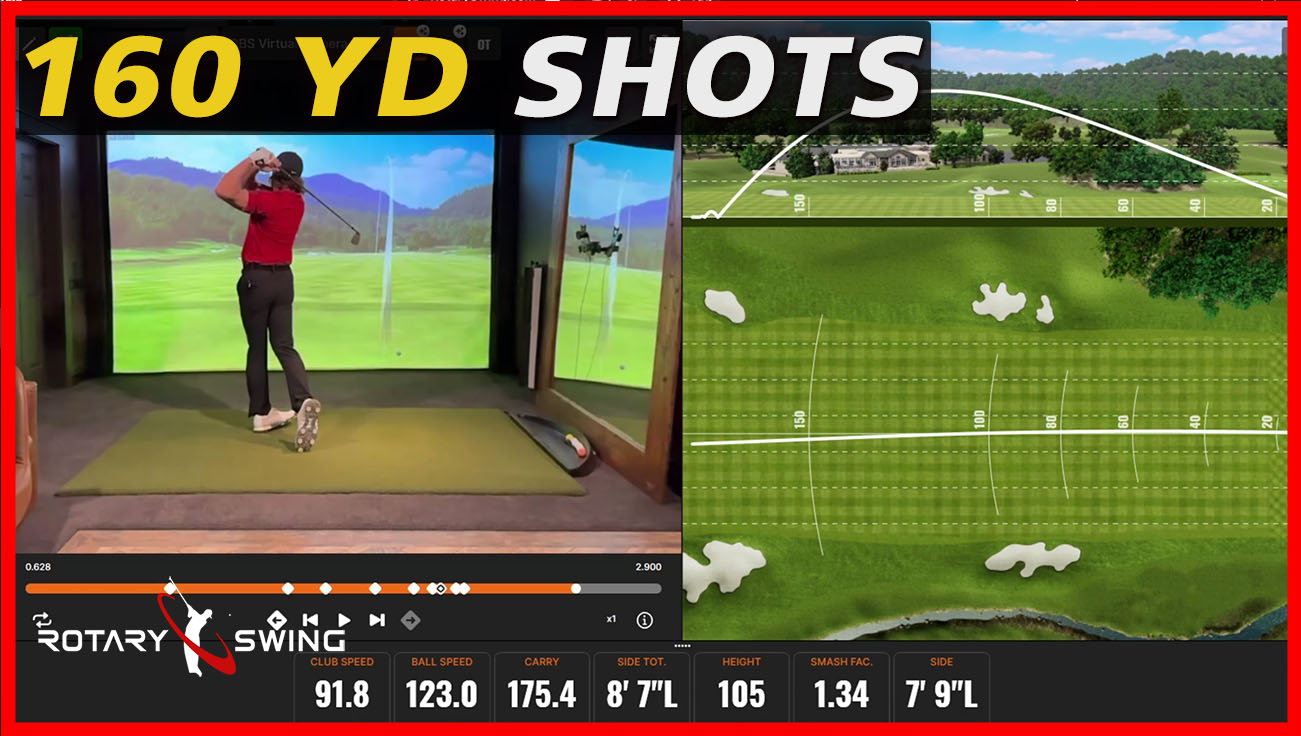

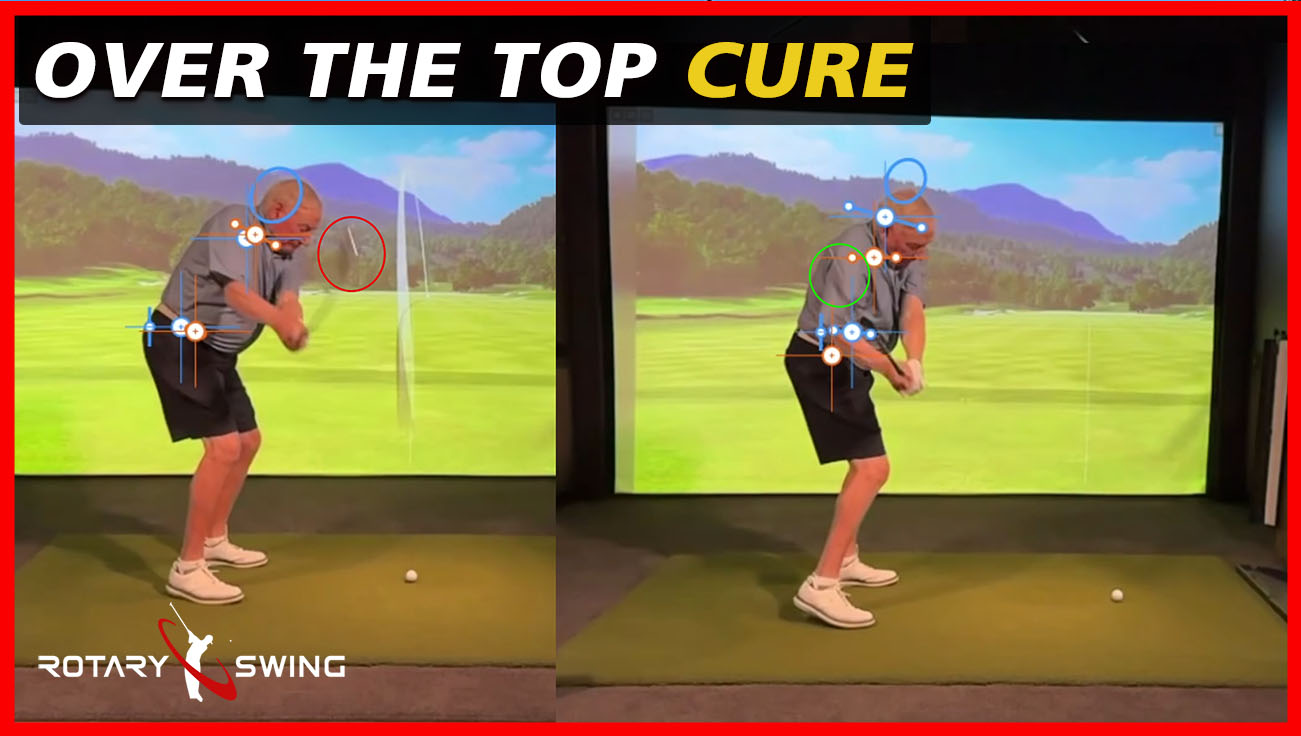
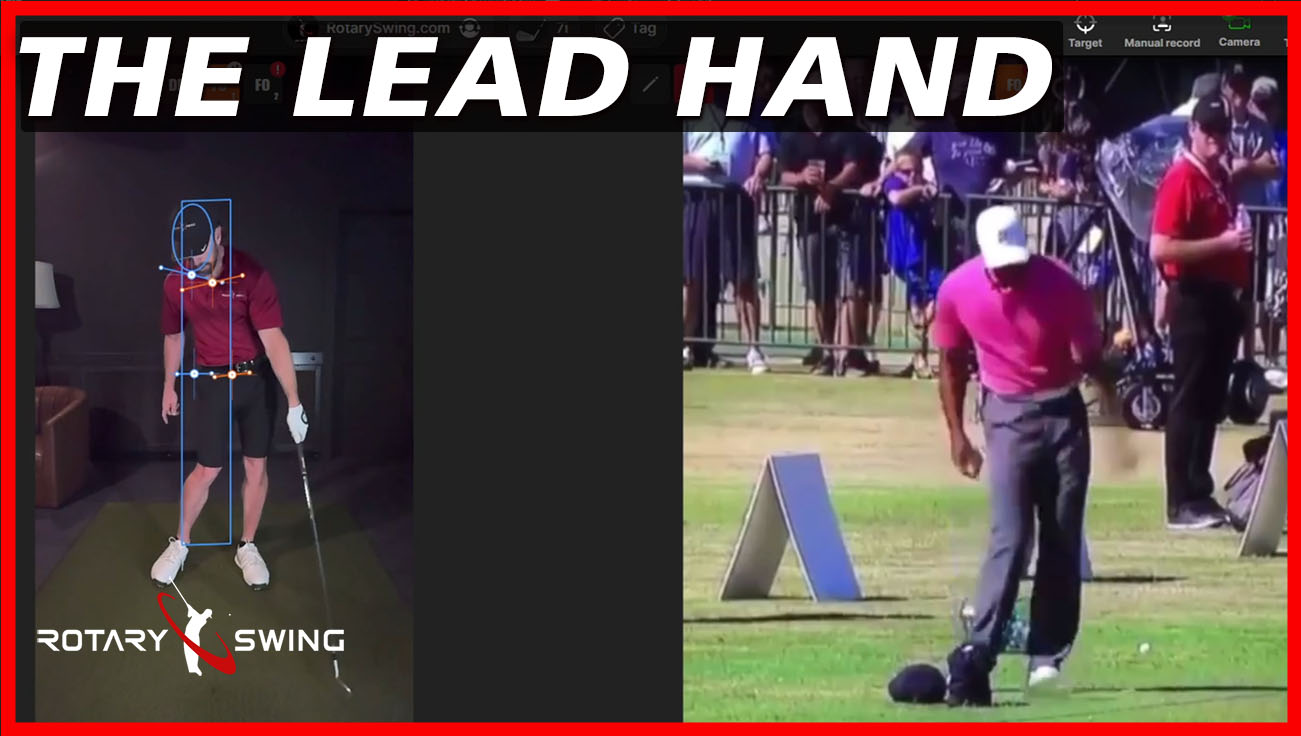
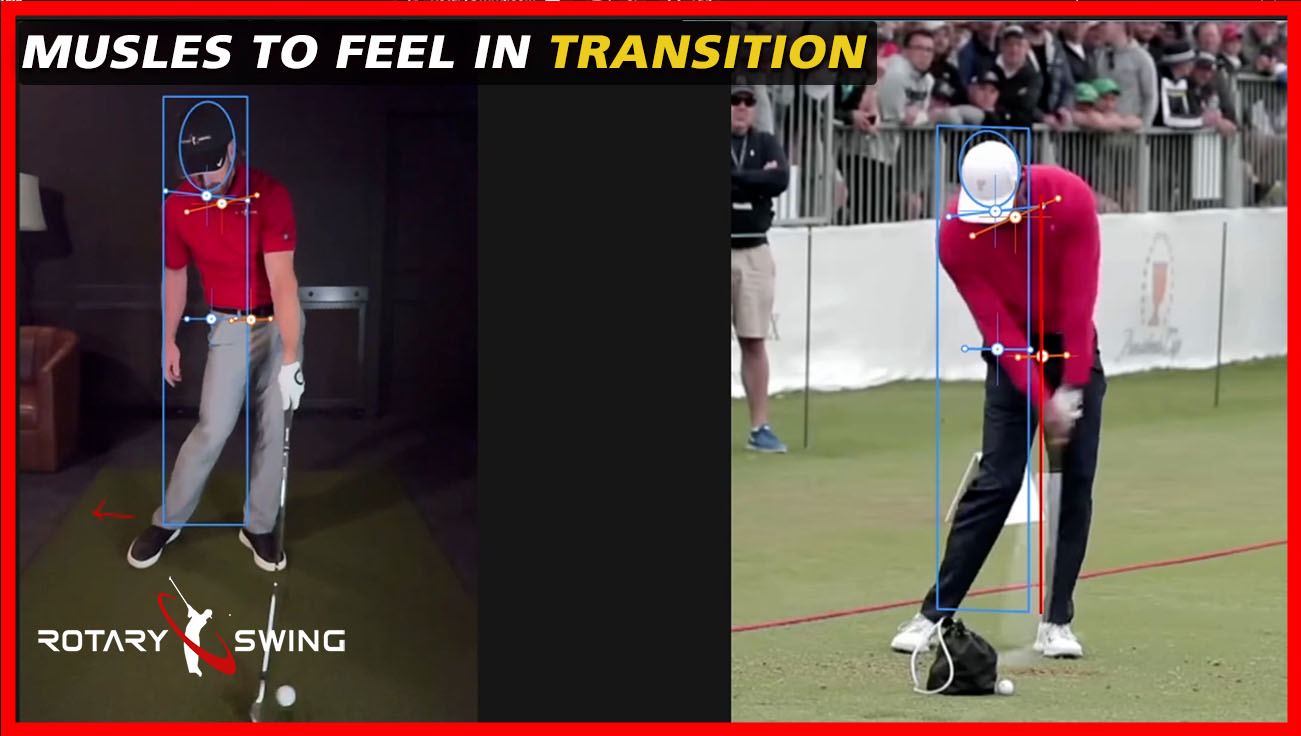
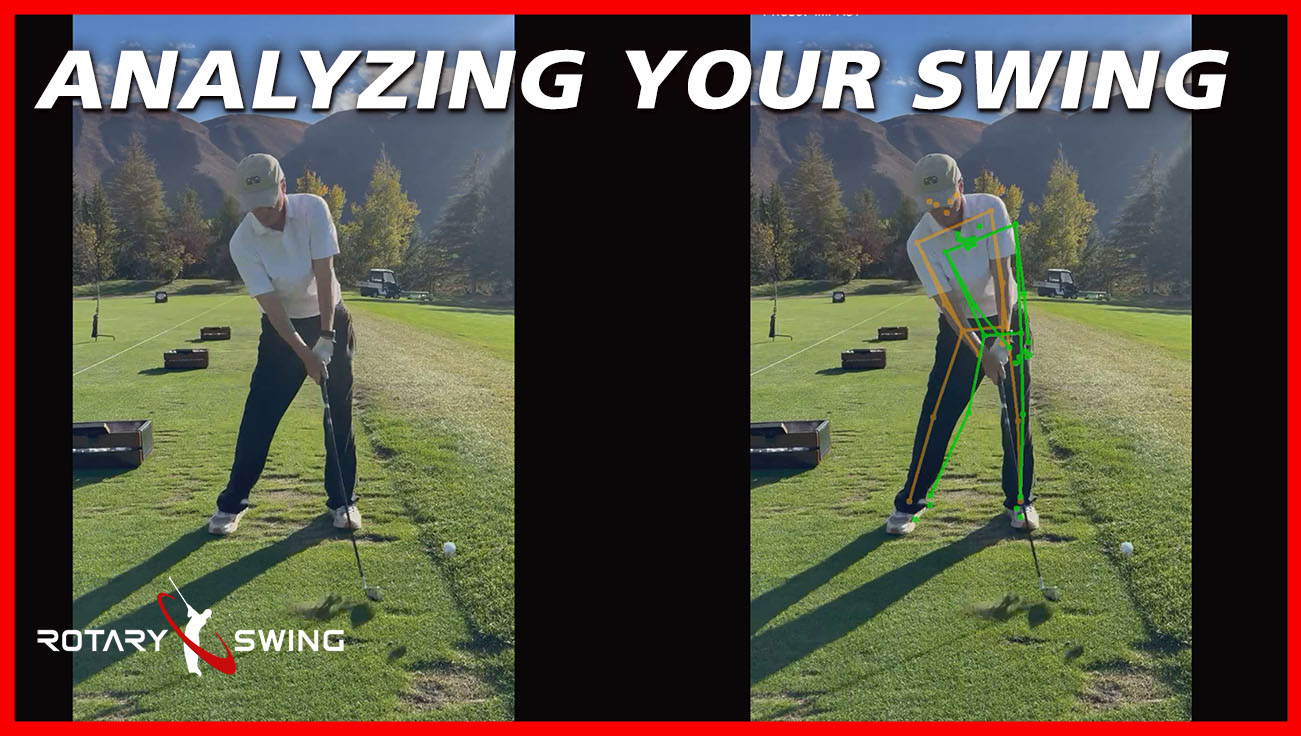

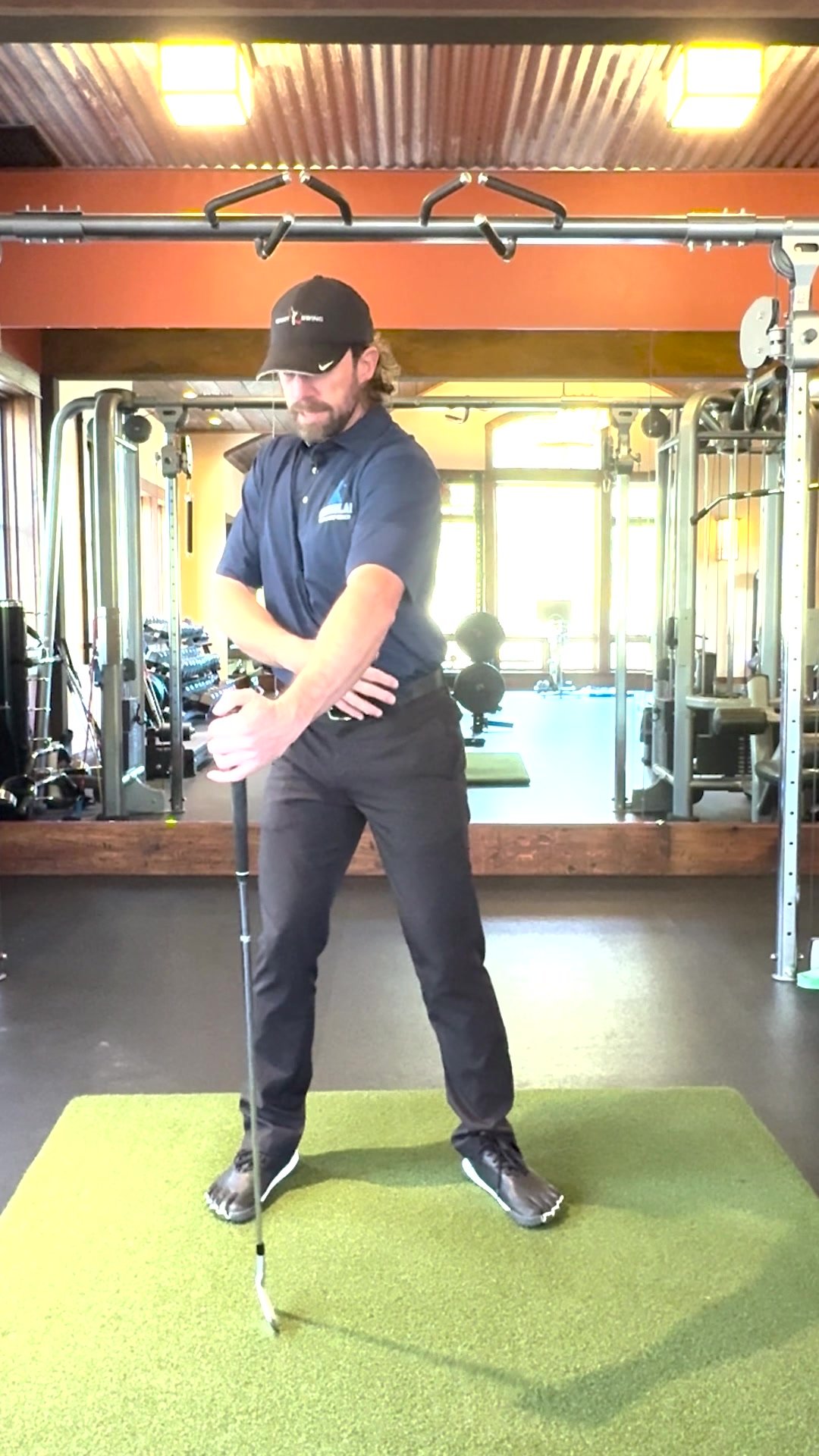

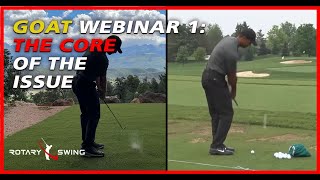
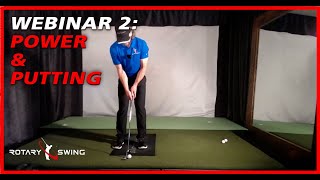
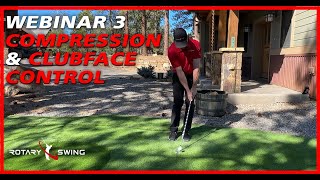
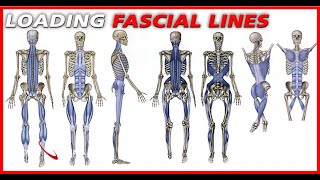
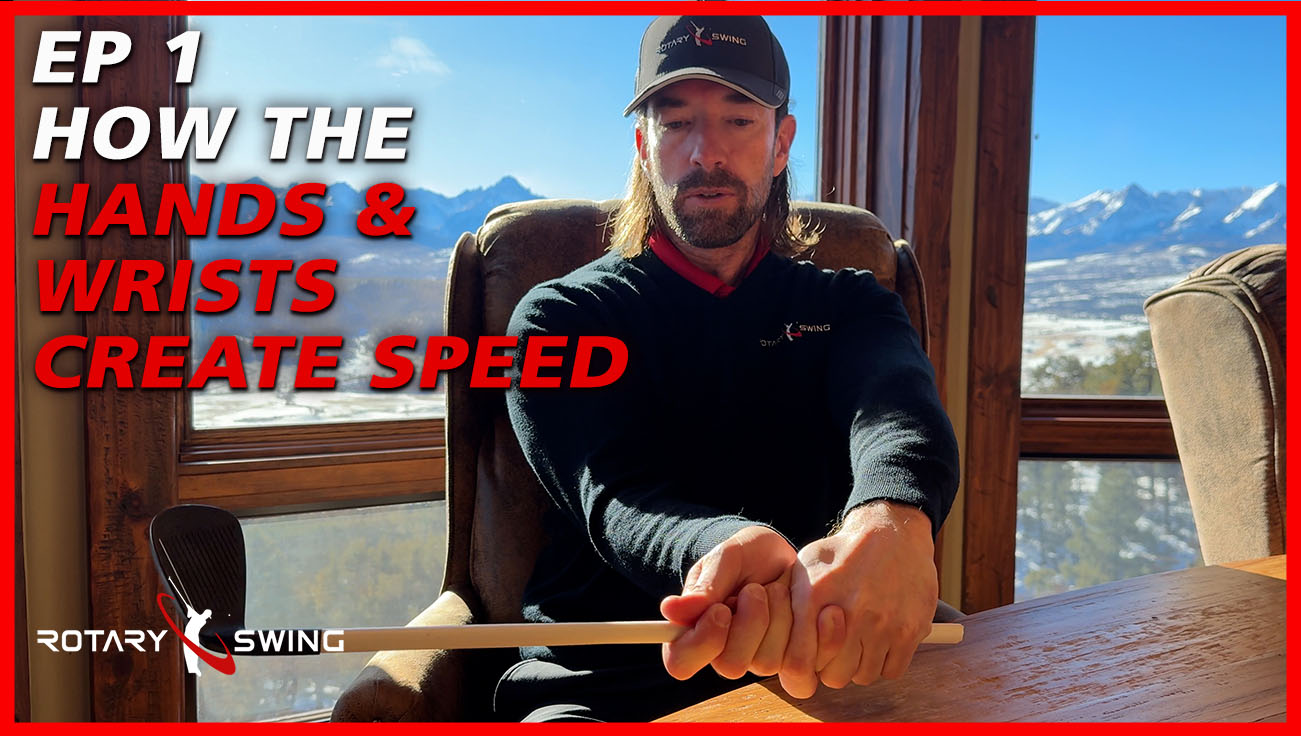

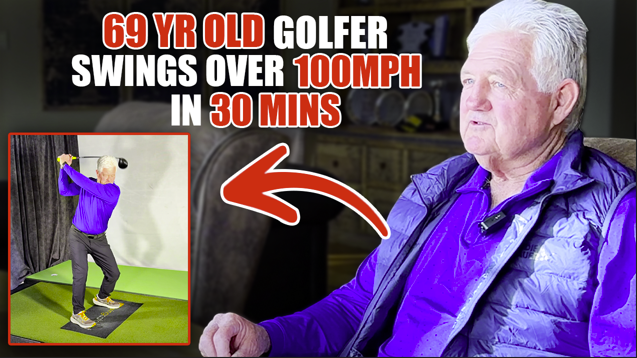
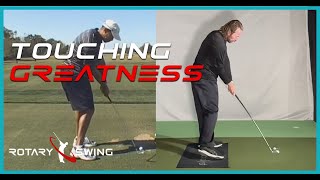
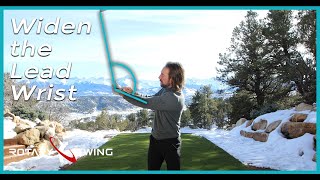
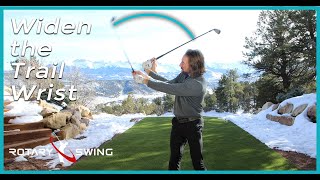

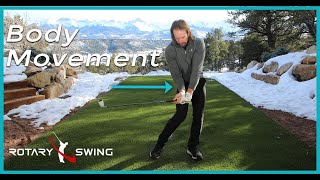

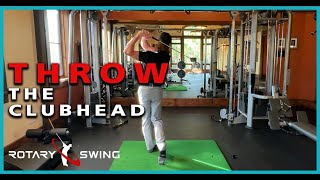
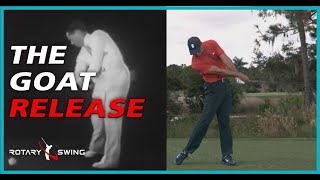
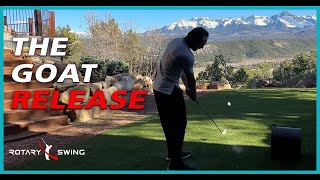
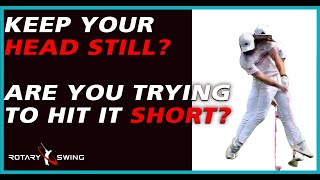
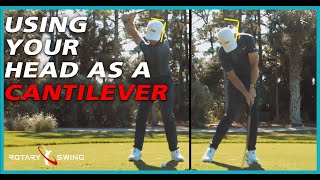
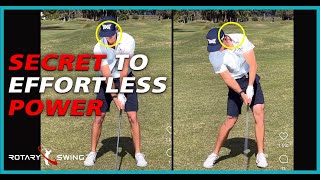
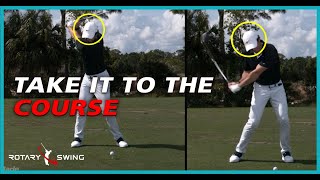

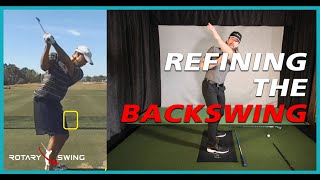

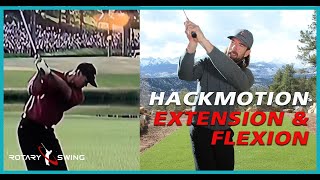
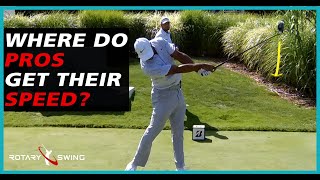
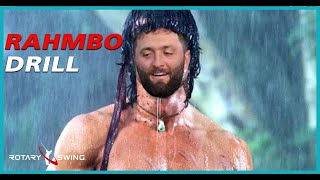

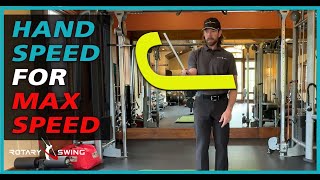
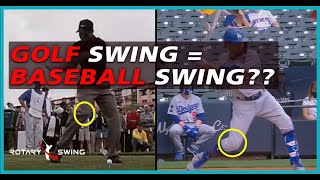
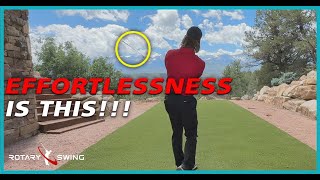

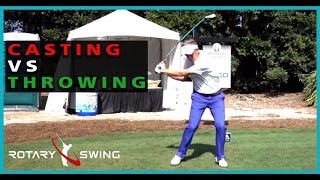
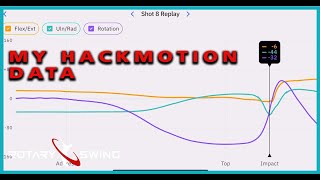
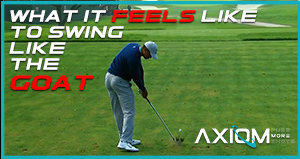
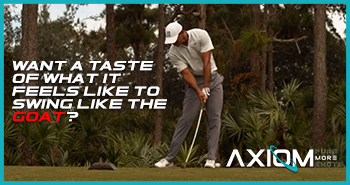

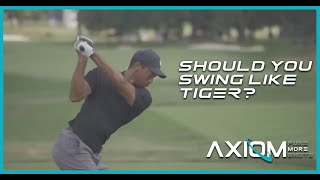
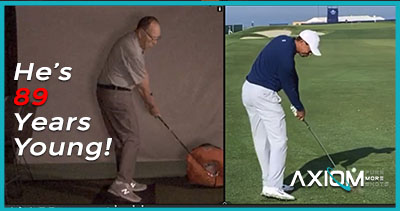

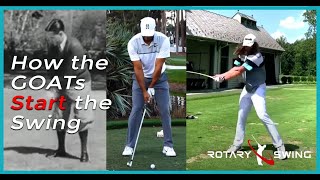
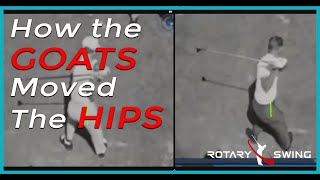
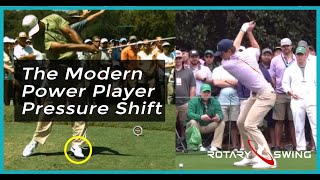
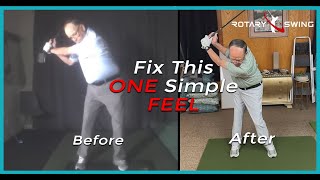
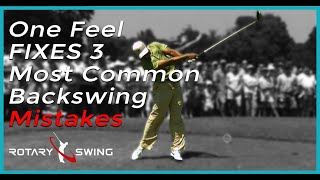
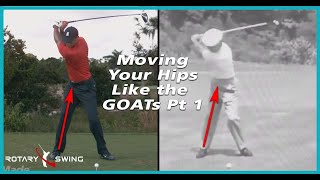
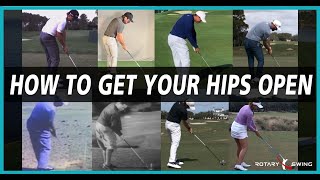

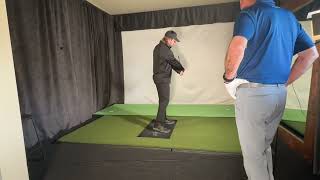
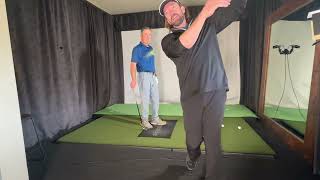
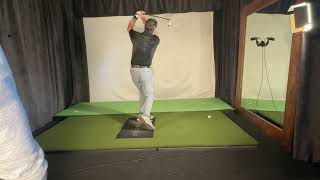
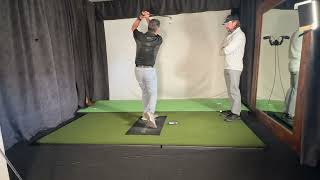
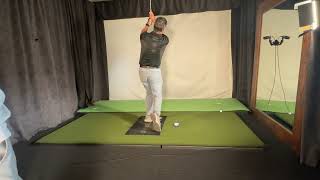
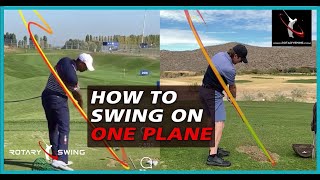
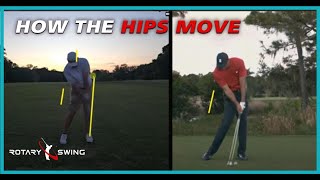
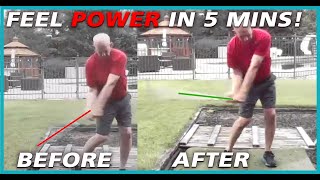
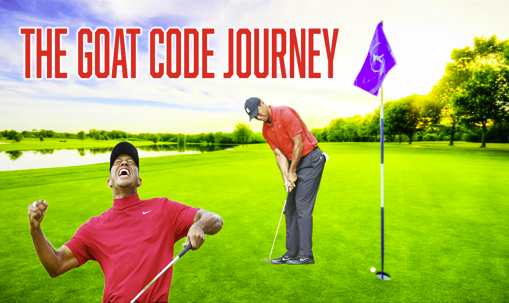
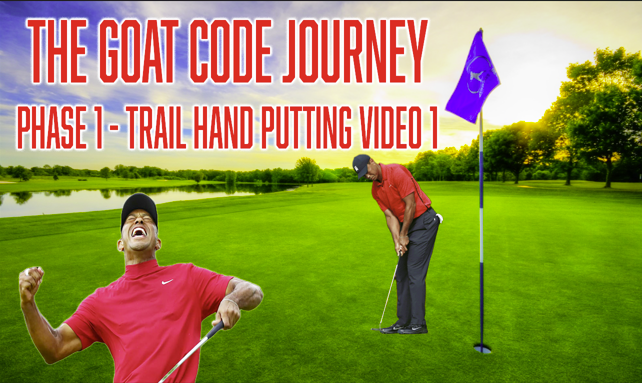
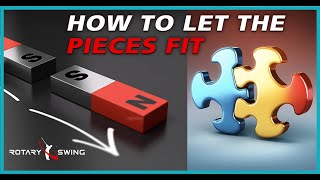

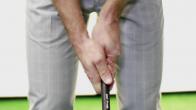
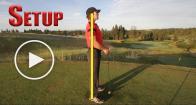
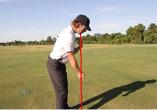
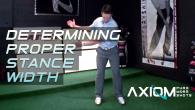
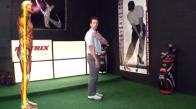
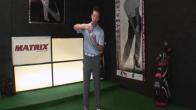
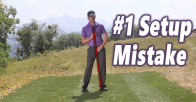

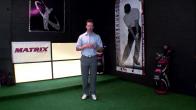
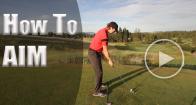
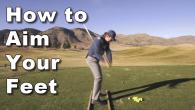
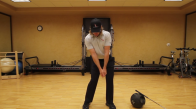
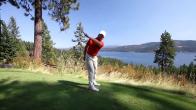
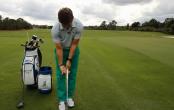

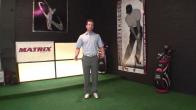
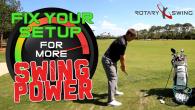

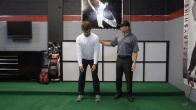

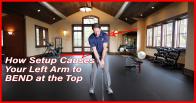


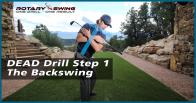
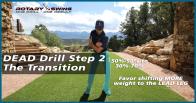
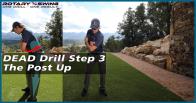


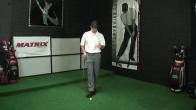
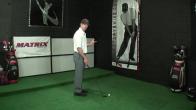
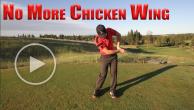
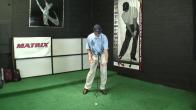


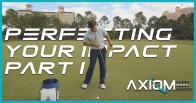
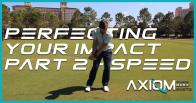
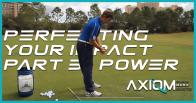
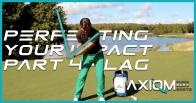
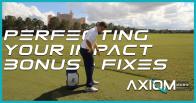
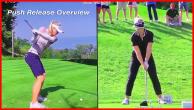

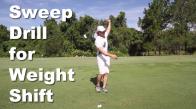


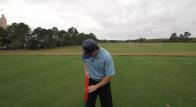
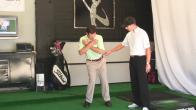
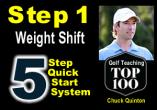
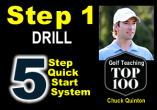
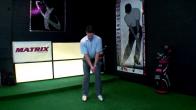
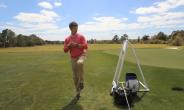

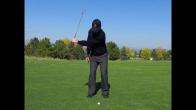
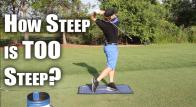
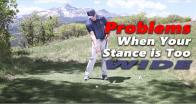
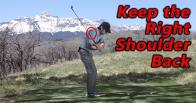
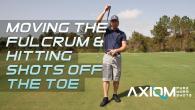
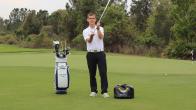
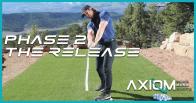
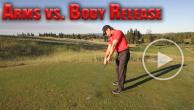
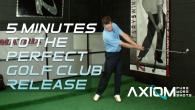
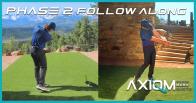
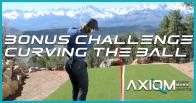
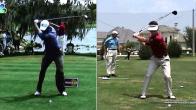
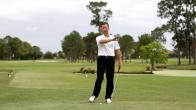
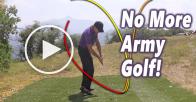
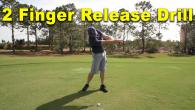
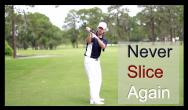
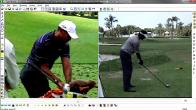
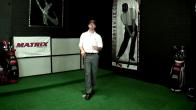
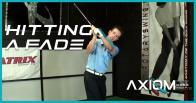
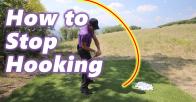
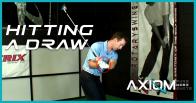
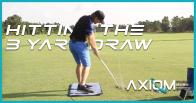
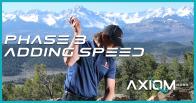
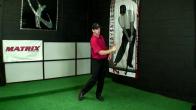
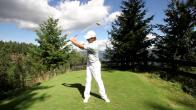

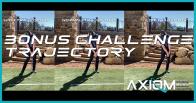
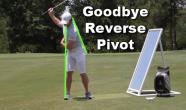
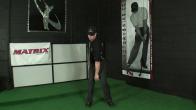
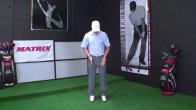
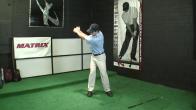
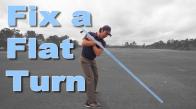
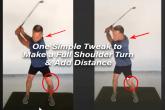
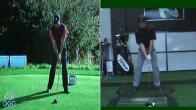
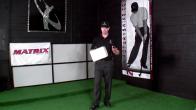

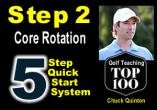
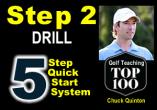
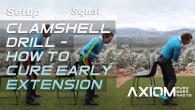
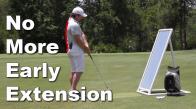
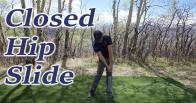

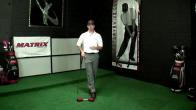
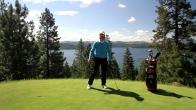
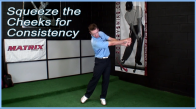
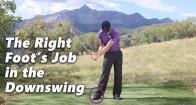
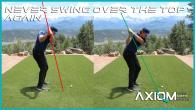
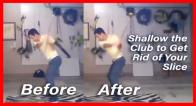

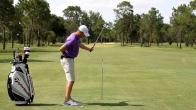
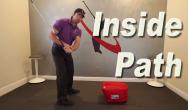

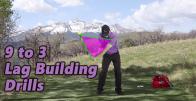
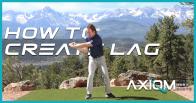
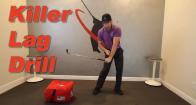
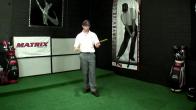
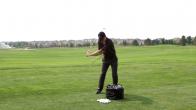
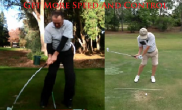
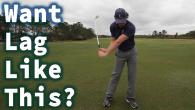

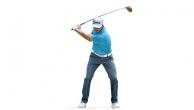
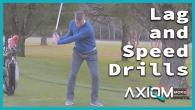
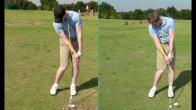
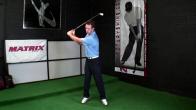

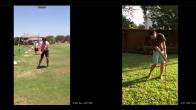


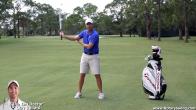
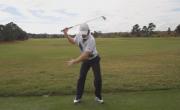
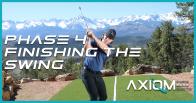
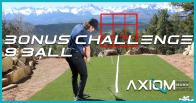


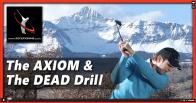
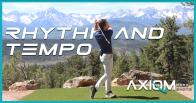
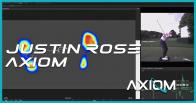


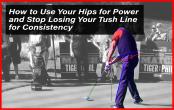
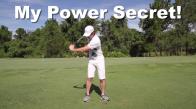
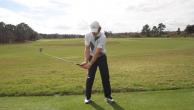
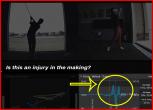
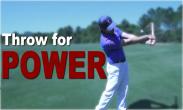
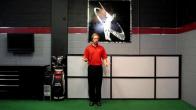

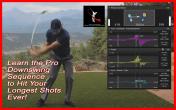
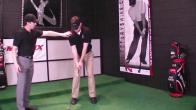
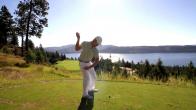

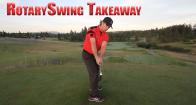


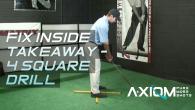
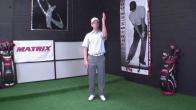
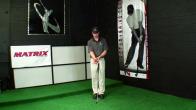


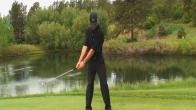
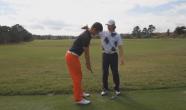
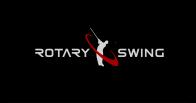
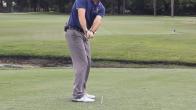

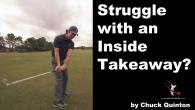
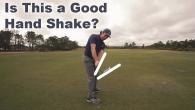
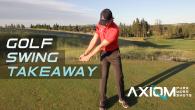
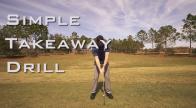

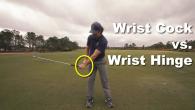
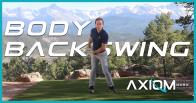
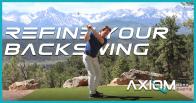
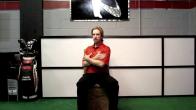
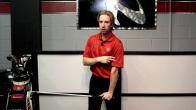


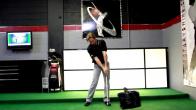
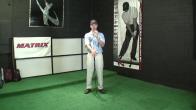
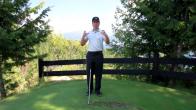
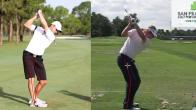
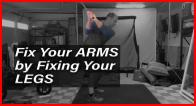
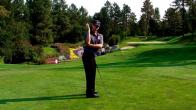
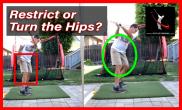
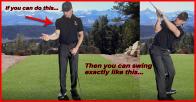

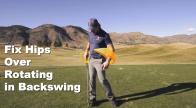
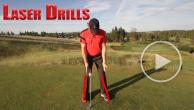
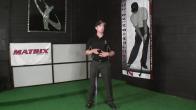

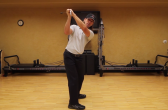
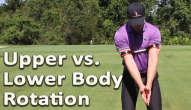
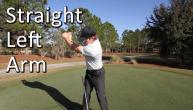


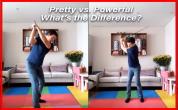
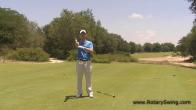
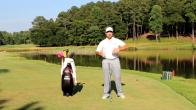




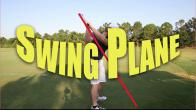
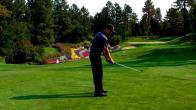
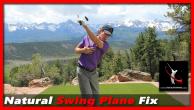
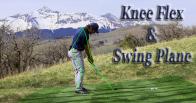
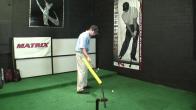

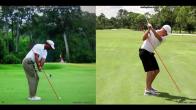

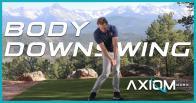



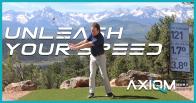
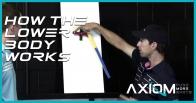
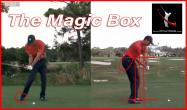
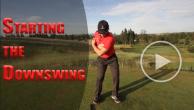

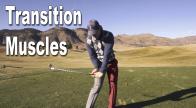
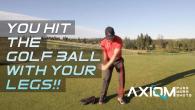

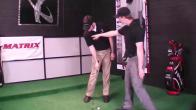
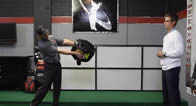
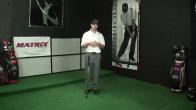
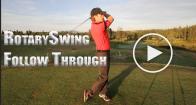
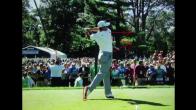
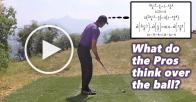
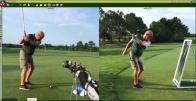

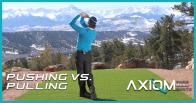
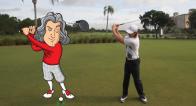
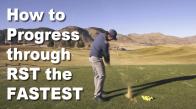
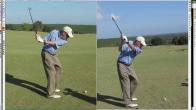


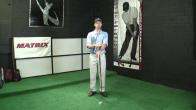
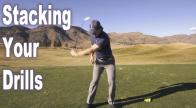
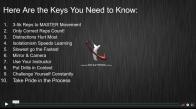
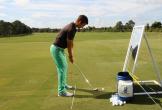

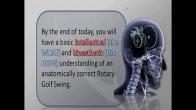
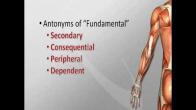
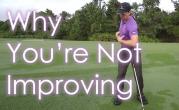
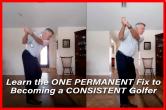
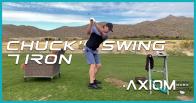
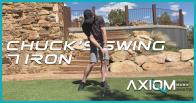

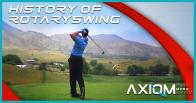
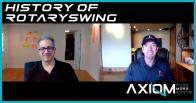
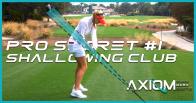
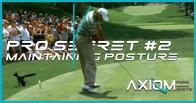
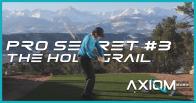
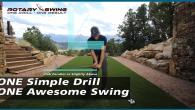

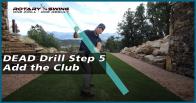

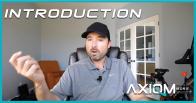
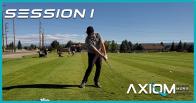
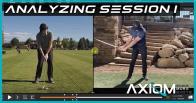

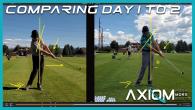
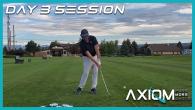

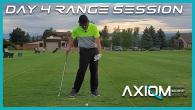
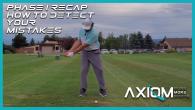
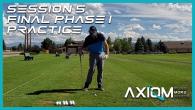

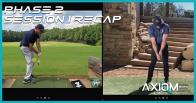
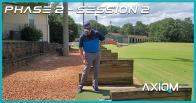
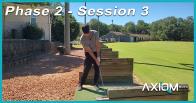
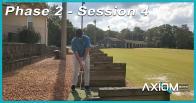
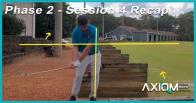
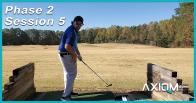

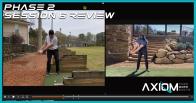
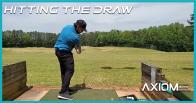


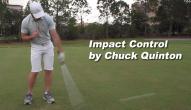
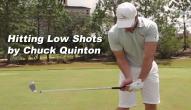


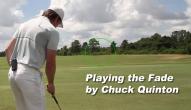
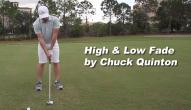

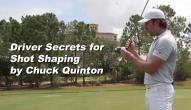
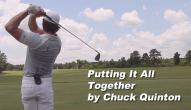
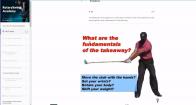
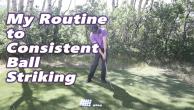

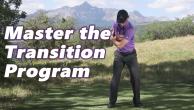
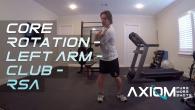
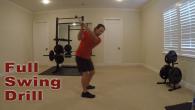
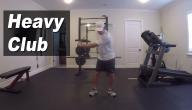
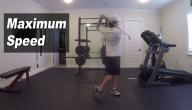
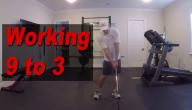
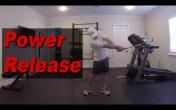
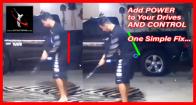
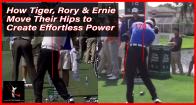
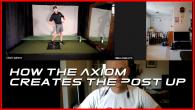
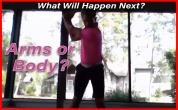
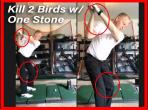
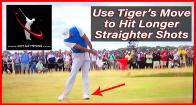

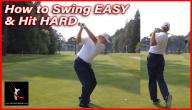
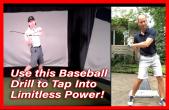
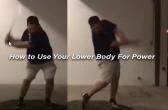
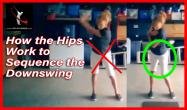
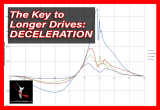
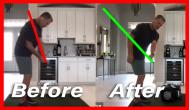
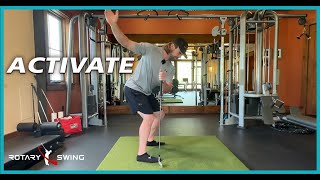
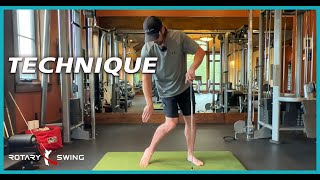
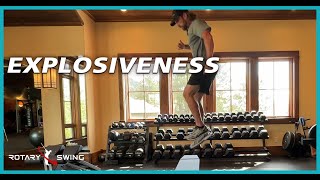
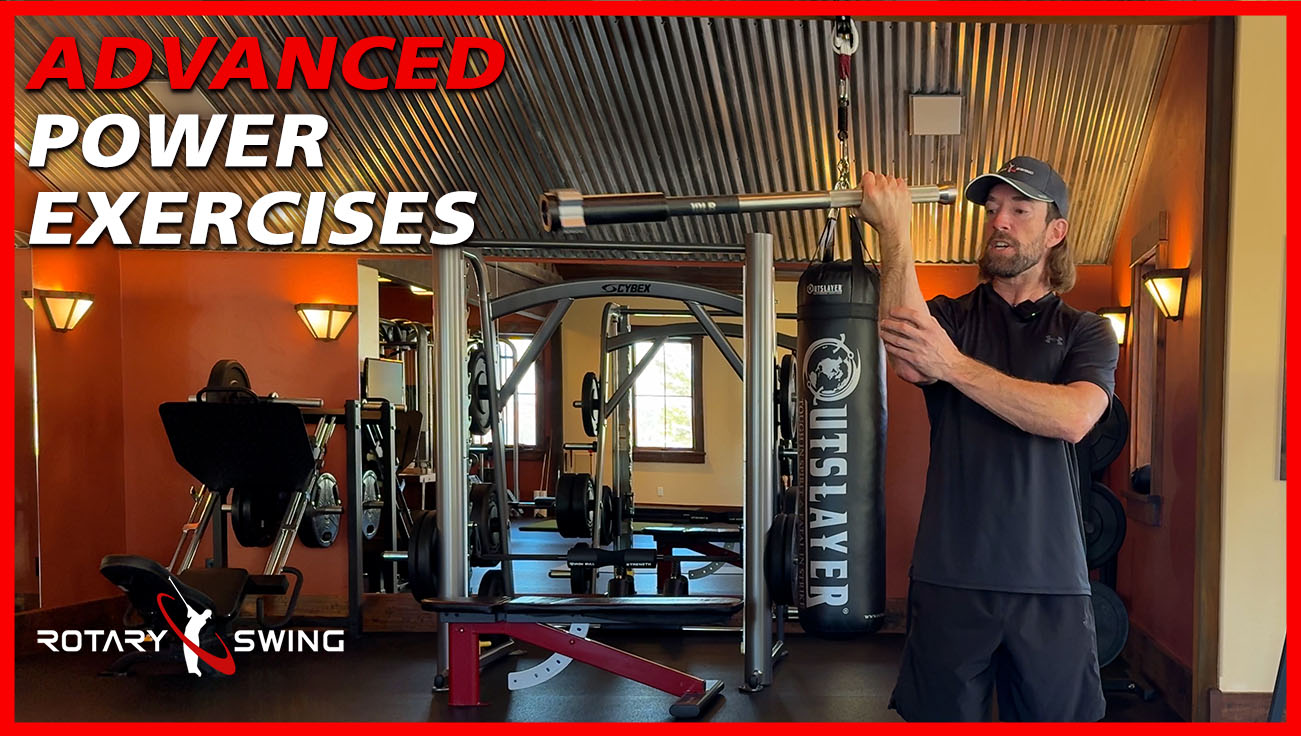
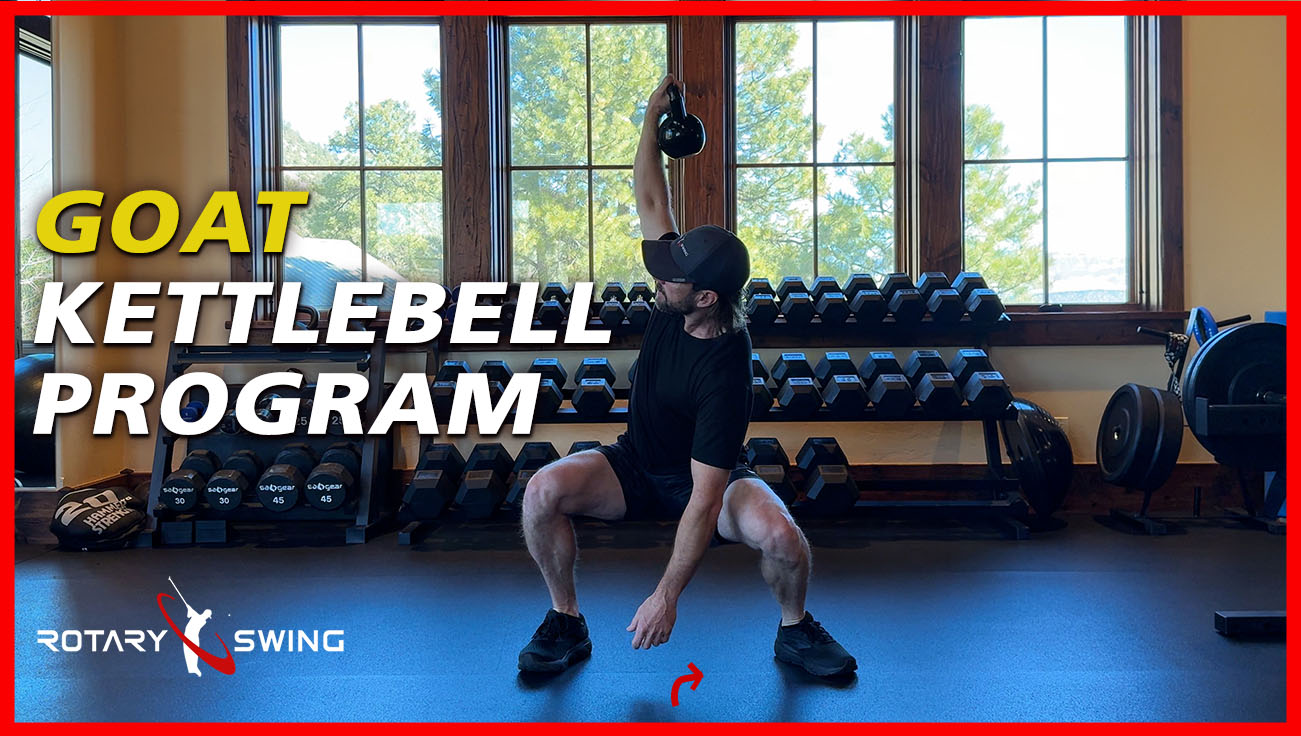

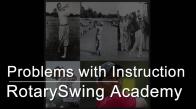
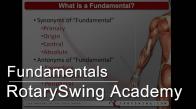
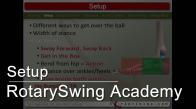
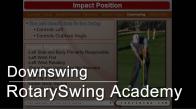

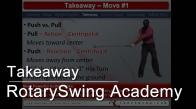
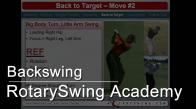
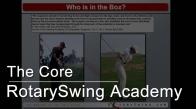
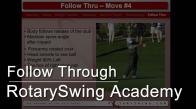



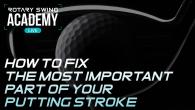
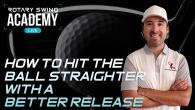
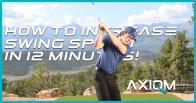
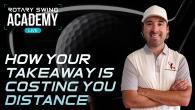
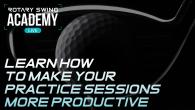
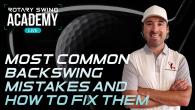
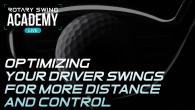
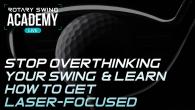



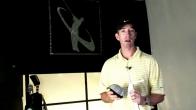
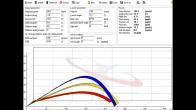

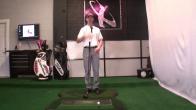
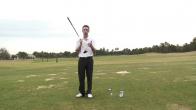
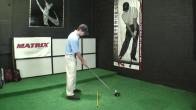
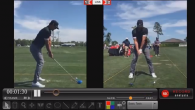

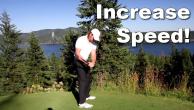
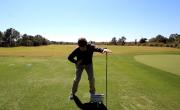
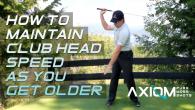
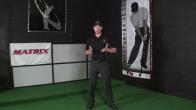
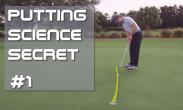
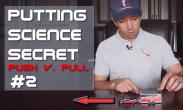

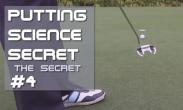
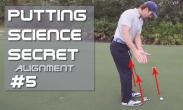
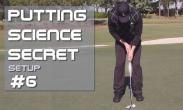
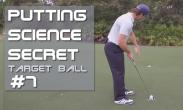
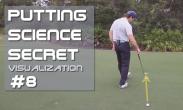
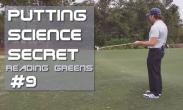





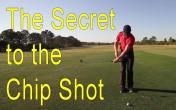
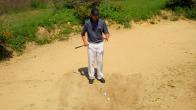
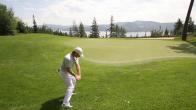
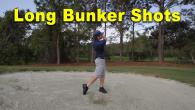
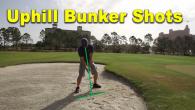
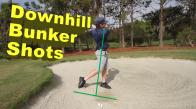
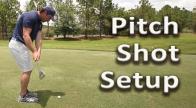
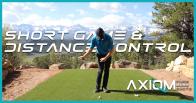
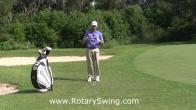
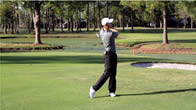
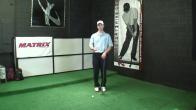
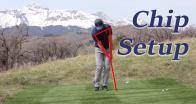


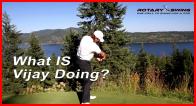
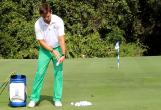




Bryan
Bryan
Craig (Certified RST Instructor)
Andreas
Craig (Certified RST Instructor)
Andreas
Craig (Certified RST Instructor)
Richard
Craig (Certified RST Instructor)
Pete
Craig (Certified RST Instructor)
Zack
Chuck
John
Chuck
David
Chuck
Richard
Chuck
Steve
Chuck
Steve
Chuck
Sašo
Chuck
Sašo
Sašo
Chuck
Lee
Chuck
steven
Chuck
Zack
Chuck
Zack
Gabriela
Chuck
Dennis
Chuck